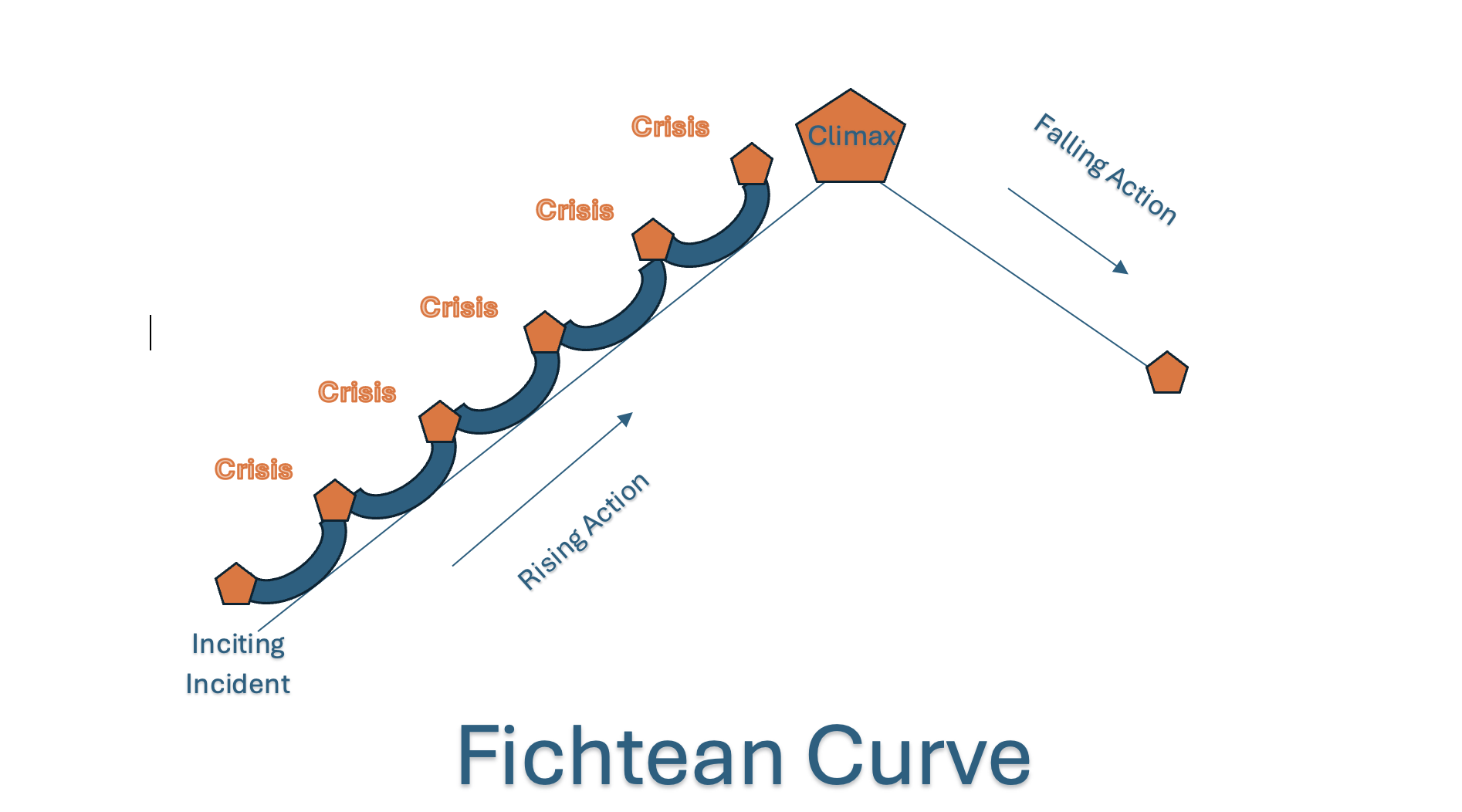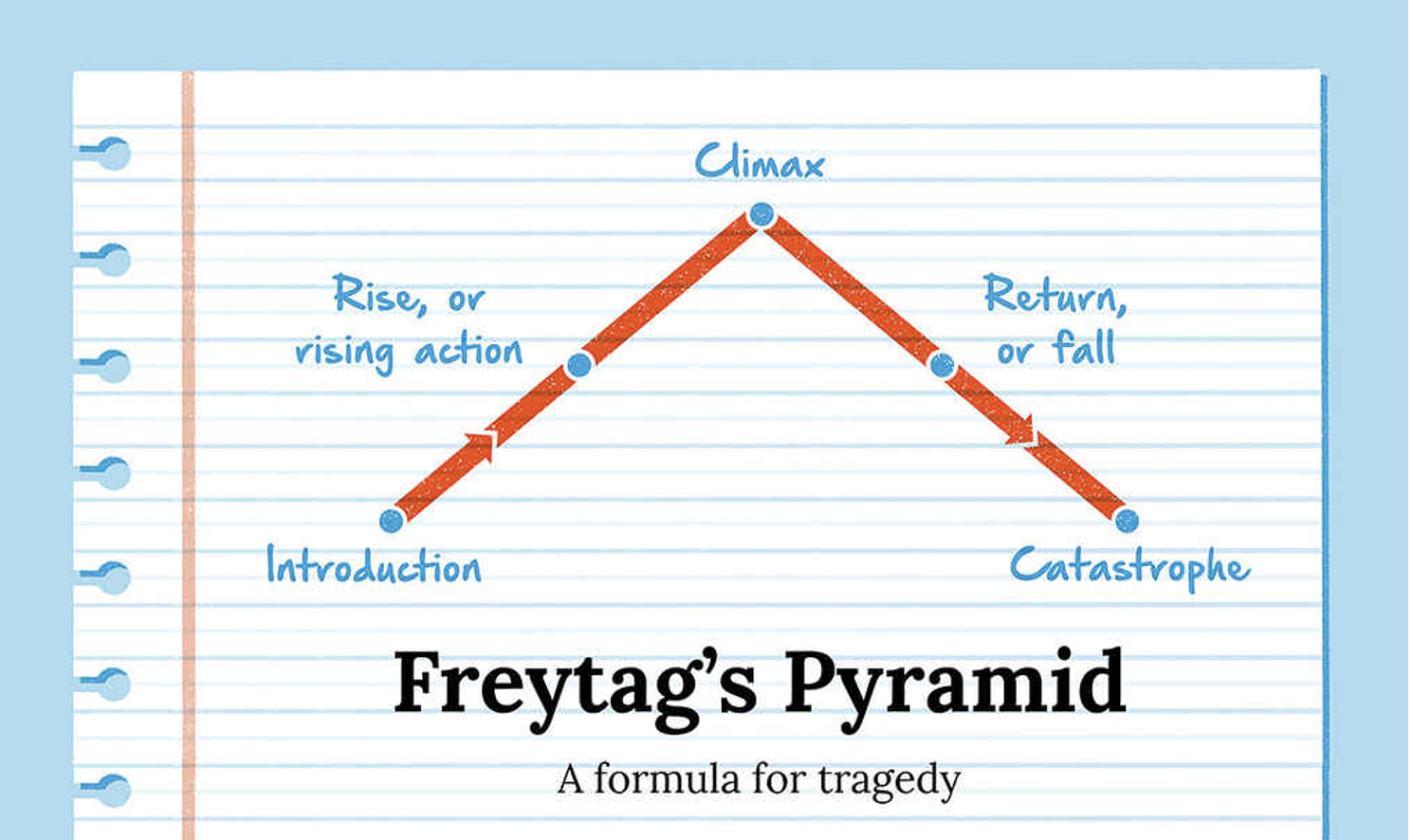Character Series: The Protagonist
Pauline J. Grabia participates in the Amazon Services LLC Associates Program, an affiliate advertising program, and earns from qualifying purchases from links in this post.
Please subscribe to my email newsletter for updates on my website and blog, and exclusive access to exclusive material in the Subscriber Content page of this website (see menu bar above). New content will be added regularly. You can sign up in the form found in the footer of this page. Thank you!
A superhero is one example of a story’s protagonist.
In earlier blog posts, we explored the five main elements of a story. One of those main elements was character. Over the next few weeks, we will examine the types of characters commonly found in literature. Specifically, we will explore the roles of the Protagonist, the Antagonist, the Deuterogamist, the Love Interest, the Confidant, and the Foil. This week, our focus will be on the Protagonist: the role of this character type, the characteristics that define it, and ways to create a strong example of a Protagonist in a story.
Some Definitions
Before we begin, recalling the definitions of character and Protagonist will be helpful. A character is someone or something that does something in the plot of a story. They can be a person, animal, or other being, real or fantastical. Objects, groups, forces of nature, and settings can take on a character role in some stories.
The most essential character role in a story is that of The Protagonist. The Protagonist, as defined, is usually the story’s main character around which the action and conflict of the story revolve. It is the character that the reader is supposed to relate to and care about (though sometimes, as in the case of an anti-hero, they might be less relatable or likable but still compelling).
The Protagonist usually has the following qualities or aspects:
1. They have unique gifts or powers to combat the antagonist or antagonistic force.
2. The Protagonist usually changes or develops in some way (either positively or negatively) throughout the story. (One exception is a protagonist who follows a flat character arc with an explanation to follow.)
3. They drive the action and progression of the plot of the story.
4. Often, stories derive their title from the name of The Protagonist (e.g., Jane Eyre, The Great Gatsby).
5. In some cases, The Protagonist can be an antihero or a villain, depending on how they are written in the context of the plot.
Protagonist Types
As seen in the incredible and rich variety of main characters found in all genres of literature, there are many types of protagonists. The following is a list of six major types of protagonists commonly found in stories. We will briefly define each one and then focus on the first type, the Hero, which has its subcategories.
1. The Hero: This is the most common protagonist type and a classic. The Hero can be either gendered or genderless. They are the “good guy” of the story, possessing extraordinary bravery and morality.
2. The Unreliable Protagonist: Related to the idea of the “unreliable narrator,” the Unreliable Protagonist is untrustworthy. They don’t necessarily tell or live the truth, leaving the reader guessing what they are up to and what to expect from them in the story.
3. The Supporting Protagonist: This type behaves and appears in a way one would naturally expect from a secondary character but is actually the central character, which is revealed as the plot progresses. An excellent example is the character of Jay Gatsby in F. Scott Fitzgerald’s The Great Gatsby. One initially sees the character of Nick Carraway, the narrator, as the main character until the plot progresses and it becomes apparent that Gatsby is the Protagonist after all.
4. The False Protagonist: Like the Supporting Protagonist, the False Protagonist is not who they appear to be. They initially appear to be the main character only to morph into something else, sometimes the villain. In the movie No Country for Old Men, the character of Llewellyn Moss appears to be the protagonist of the story until his character is killed off-screen, and the narrative shifts to the true protagonist of the sheriff. In this case, he was another victim of the antagonist.
5. The Villain Protagonist: This is a unique situation where the protagonist is the “bad guy” from the start, yet they are so compelling that they draw the reader into caring about what happens to them. Sometimes, the Villain Protagonist has a positive character arc where they change and become the hero by the end of the story. Dexter Morgan from the television series Dexter is an example of this type of Protagonist.
6. Multiple Protagonists: Many stories written in the modern era involve more than one Protagonist. There may be two or more in a story, each with its unique subplot in the general plot, allowing the reader to experience several different perspectives at once. A classic example of a novel with multiple protagonists is The Lion, The Witch, and the Wardrobe by C.S. Lewis. Another is Six of Crows by Leigh Bardugo.
The Hero Protagonist
The most common type of Protagonist is The Hero. The Hero can be any gender, though female Heroes are generally called heroines. Since there is a subtype of The Hero known as the Heroine, we will use the term Hero to include either gender. The Hero’s role in a story is usually that of the main character. The plot is generally seen through their eyes, though not always. They typically have a positive character arc (their character develops or changes positively throughout the story) and the plot structure usually associated with The Hero is called the “Hero’s Journey.”
There are five main subtypes under the category of The Hero:
1. The Classic Hero: A broad variety of characters fall under this category, including everything from Superheroes like Superman to the Everybody like Katniss Everdeen (The Hunger Games series). The classic hero undergoes a positive character arc. Their journey is about mastery over the physical world around them in some way or the pursuit of some form of success. Another example of the Classic Hero is Luke Skywalker from the original Star Wars trilogy created by George Lucas.
2. The Anti-Hero: this subtype ranks just behind the Classic Hero in popularity. They are the adored “bad boy/girl” of fiction, being rough around the edges and unlikable in a magnetic way to the reader or movie watcher. Their dark, questionable behavior and personality, with equally questionable motives and goals, spellbind the consumer of the story. However, the Anti-Hero differs from the Villain in that underneath the dark exterior beats the heart of a good and well-intentioned hero. Examples of Anti-Heroes include Han Solo from Star Wars, Johnny from Dirty Dancing, Jay Gatsby from The Great Gatsby, and Deadpool.
3. The Failed Hero: This is the most complex type of Hero to write because there are many ways to approach this character. They begin a story looking like classic heroes, but some fatal flaw inside them leads them down a dark path into a negative character arc before the conclusion. Not all Failed Heroes follow a negative character arc, however. They might follow a positive character arc only to experience some tragic personal failure despite doing the right thing, such as the titular character, Shane. They can also believe they are doing the right thing, but then the world flips on them. The classic example of the Failed Hero is that of Anakin Skywalker in the prequel Star Wars trilogy.
4. The Messianic Hero: this type of Hero can be found in secular and religious stories. In the case of the Messianic Hero, they are already imbued with the truth or an important lesson about the world, and their journey consists of spreading that truth or teaching that lesson to others. Their goal is for the betterment of others, not the achievement of personal victory or success. They follow a flat character arc where they don’t change but facilitate change in other characters or the world system. An example of a Messianic Hero is MacThomas Pockets in Charles Martin’s novel The Last Exchange.
5. The Heroine: This type of hero is not exclusively female, as the name suggests. They can be male as well but historically have been predominantly female because of societal attitudes concerning gender roles. The difference between the Classic Hero and The Heroine is twofold: The Heroine’s journey is typically focused on the character gaining a deeper connection with the self, whereas the Classic Hero is focused on gaining mastery and control over the world. Second, stories involving a Heroine type are usually character-focused (interior), whereas stories involving the Classic Hero type are more plot-focused (exterior).
Creating a Protagonist
When creating a Protagonist for a story, a writer needs to remember several essential character or personality traits that most Protagonists possess. These traits set them apart from the other characters in the story. They include:
1. They are Inquisitive. The Protagonist notices that something has changed in their ordinary world, and through curiosity (as well as, often, necessity), they follow clues, set goals, act, and end up getting into some trouble (conflict).
2. They Protect or Defend Themselves. They also look out for themselves in the fight to protect or defend others. If they didn’t, most stories wouldn’t progress very far. They rarely sit back and do nothing to defend themselves or others. They are proactive.
3. They Undergo Growth or Change. Their challenges and conflicts can change them positively or negatively, except in flat character arcs, where they change other characters or the system around them. This ties closely with the overarching plot of the story.
4. They can often be developed using common literary and psychological archetypes. The most common list of archetypes for character and personality is derived from Carl Jung and are known as Jungian Archetypes that include The Ruler, The Artist, The Innocent, The Sage, The Explorer, The Outlaw (or Rebel), The Magician, The Hero, The Lover, The Jester, The Everyman, and The Caregiver.
Writers should avoid creating one-dimensional, simple characters when creating a protagonist. The Protagonist needs to engage the reader in caring for them or at least relating to them. Thus, they need to be dynamic, well-rounded, and fully developed. Most importantly, The Protagonist should take an active role in the plot. Reactive or passive characters are not attractive or engaging.
Arguably the most important of any cast of characters, seconded only by The Antagonist, The Protagonist is as rich and varied in literature as colors in the spectrum. Ranging from Heroes to Anti-Heroes to Villains and liars, this variety is what makes writing (and reading) so rich and original era after era.
In the next blog post, we will continue exploring different kinds of characters by examining The Antagonist.
Thank you so much for reading this post and visiting my blog. Please sign up for my newsletter for a monthly update about the website and blog and exclusive access to the material on my Subscriber Content page at www.paulinejgrabia.com. I am honored that you have taken time out of your day to read what I have to offer, and I will endeavor to continue to post blogs that are worthy of your continued attention. May God bless you richly.
Pauline J. Grabia





Recently, I submitted a manuscript to a developmental editor. That novel, FOR MAGGIE, is a project I have been working on in various forms for over half a decade. I was puzzled when my editor returned with the question of what genre I was writing in. I thought it was clear. My story is a Christian romantic suspense. My editor informed me that because my manuscript contained Christian themes, mentioned Christ, and quoted scripture, secular publishers or audiences would not accept it. I was aware of this. What surprised me was when she told me that due to the “dark subject matter,” it wouldn’t be accepted by Christian publishers or audiences, either. I had to decide whether to eliminate the spiritual elements from my book to target a secular audience or to lighten the subject matter and remove certain sections to appeal to the Christian market. I felt frustrated that, as a writer, I couldn’t explore the dark nature of the human condition and still be considered “Christian.”